Description
I’ll never forget a little boy who struggled with “in front” and “behind.” On paper, he guessed randomly. When we used real objects—”Let’s put the red car behind the blue car. Now, which is in front?”—his eyes lit up. This hands-on approach is exactly what our worksheet provides, turning abstract concepts into an interactive game.
Why Learning “In Front” and “Behind” Matters
- Following Directions: Understanding instructions like “stand behind the line” is crucial for school and home life.
- Vocabulary Development: Builds preposition knowledge so kids can express themselves and understand spatial relationships.
- Visual-Perceptual Skills: Recognizing positions sharpens visual interpretation, which supports reading and writing.
How Our Worksheet Helps Concepts Stick
- “Show Me” Challenge: Kids get up and use real objects to demonstrate concepts, e.g., “Put a stuffy behind your door.”
- Perspective Taking: Shows that “in front” and “behind” can change based on viewpoint, promoting flexible thinking.
- Clear, Simple Scenes: Minimal background distractions let children focus on the spatial relationship of the main objects.
Tips for Parents
- Use Real Objects First: Play a hands-on game with toys to introduce concepts before the worksheet.
- Use a “Helper Object”: Move a small toy around the scene to explore different perspectives.
- Be Playful: Use your body for directions: “Jump behind the couch” or “crawl in front of the chair.”
Call to Action: Click ‘Add to Cart’ to get instant access to our In Front & Behind Worksheet. Download and print your copy today and make learning these tricky spatial concepts fun!
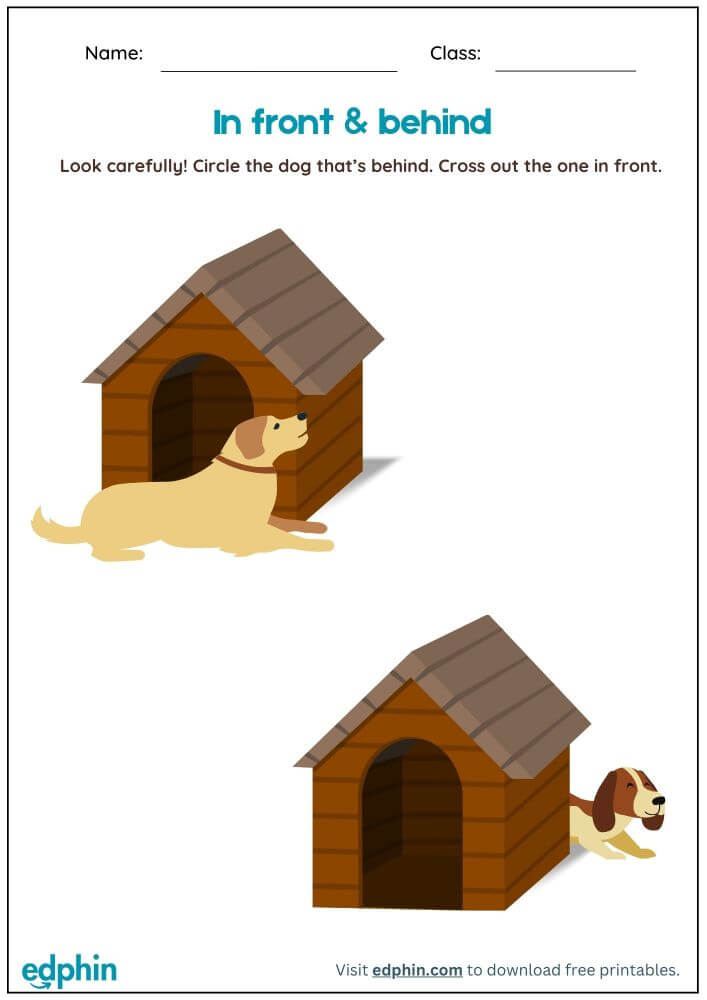
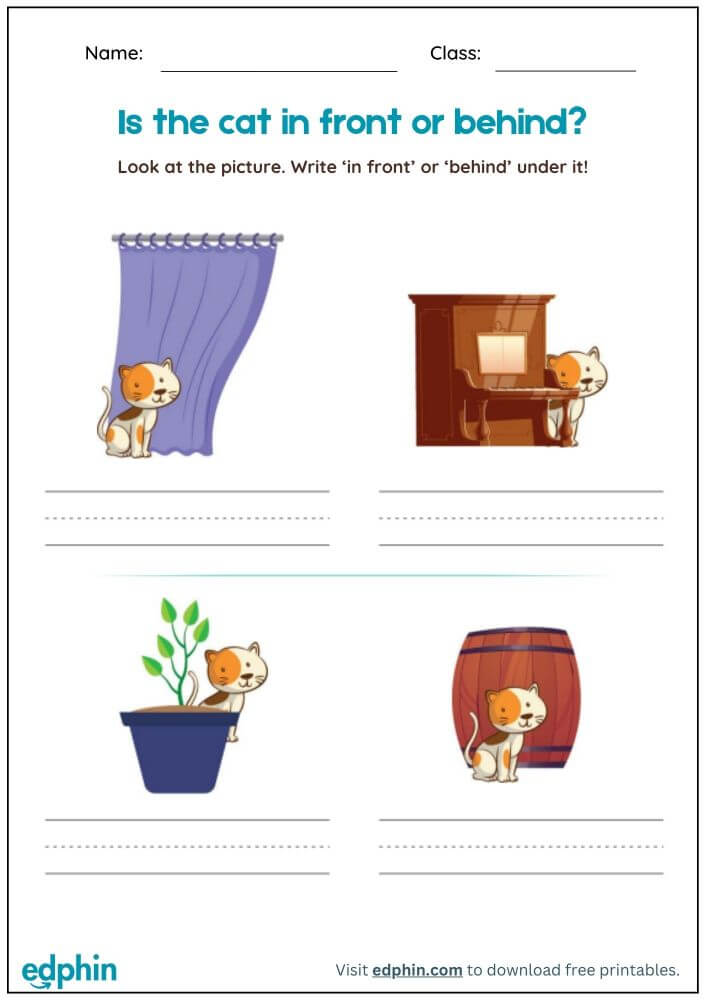
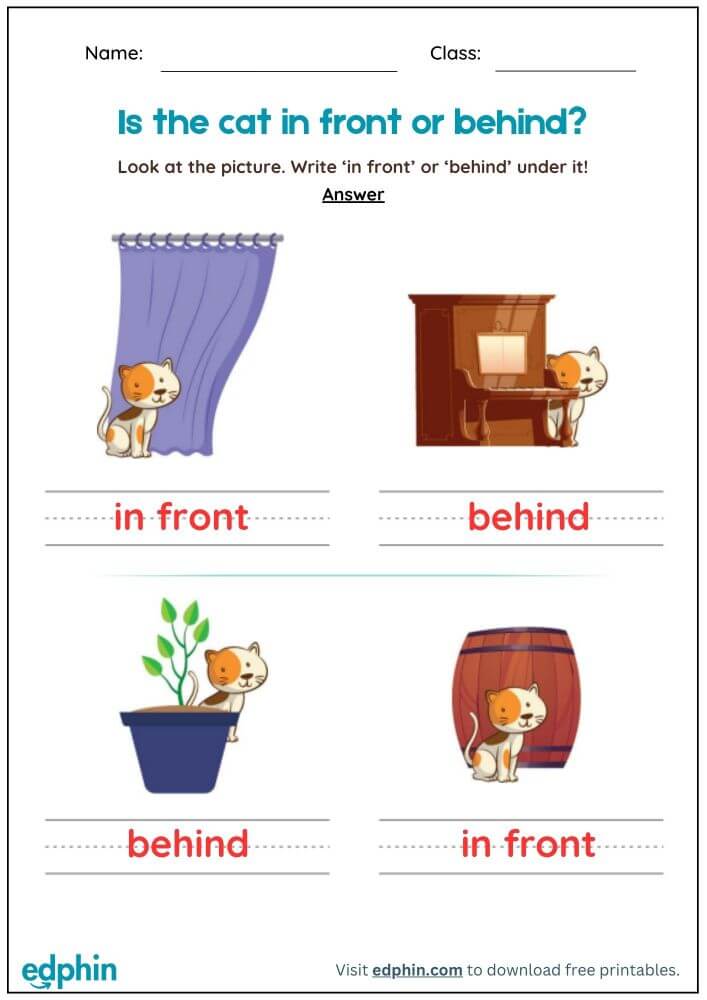
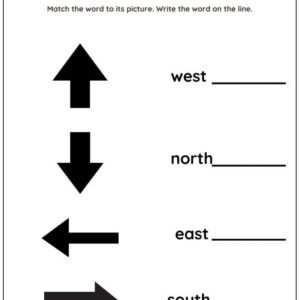
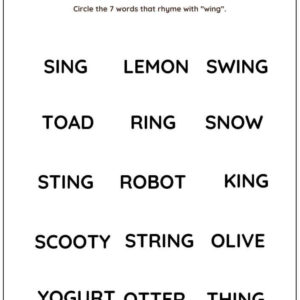
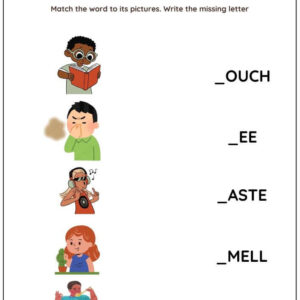
Reviews
There are no reviews yet.